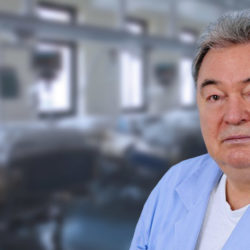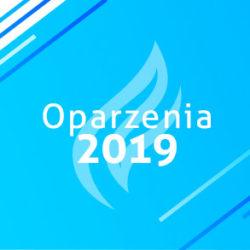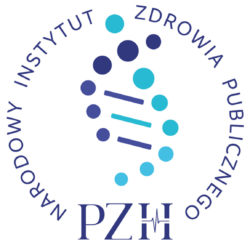Hydrotherapeutic dressing in outpatient treatment traumatic injuries of the crus. A case report
Bartosz Cybułka
ORCID: 0000-0002-6865-1171
Poradnia Chirurgiczna, Samodzielny Publiczny Zakład Opieki Zdrowotnej w Grodzisku Wielkopolskim, ul. Mossego 3, 62-065 Grodzisk Wielkopolski, e-mail: b.cybulka@wp.pl
Wpłynęło: 30.03.2019
Zaakceptowano: 15.06.2019
DOI: dx.doi.org/10.15374/LR2019009
Leczenie Ran 2019;16(1):15–21
Streszczenie: Rany urazowe, niezależnie od wieku oraz płci pacjenta, stanowią częstą przyczynę chirurgicznych interwencji w ramach ostrego dyżuru. Bardzo często wymagają również dalszego nadzoru w warunkach ambulatoryjnych. Dla wielu chorych, u których obserwuje się upośledzenie gojenia (wynikające z mechanizmu, głębokości ubytku czy też miejscowego zakażenia), konieczne okazuje się zastosowanie dodatkowych procedur diagnostycznych i terapeutycznych, w tym działań inwazyjnych. Jednocześnie wydłuża się okres niezbędny do ostatecznego zamknięcia rany. Przednia powierzchnia goleni – z uwagi na warunki oraz sąsiedztwo
anatomiczne – jest szczególnie narażona na zaburzenia procesu regeneracji w następstwie działania energii kinetycznej. W niniejszej pracy zaprezentowano opis czterech przypadków o podobnej lokalizacji, odmiennej rozległości uszkodzeń, różnym charakterze powikłań oraz rozbieżnym czasie leczenia – wspólnym mianownikiem terapii ran ostrych oraz przewlekłych u wszystkich pacjentów było wykorzystanie opatrunków hydroterapeutycznych (HRWD).
Słowa kluczowe: hydroterapia, rana tłuczona, upośledzenie gojenia, uraz goleni, zakażenie rany
Abstract:Traumatic injuries, regardless of age and sex, are a frequent cause of surgical interventions in the context of accident and emergency service, many times, also require further supervision in outpatient settings. For many patients, impaired healing resulting from the mechanism, depth of the wound or a local infection requires additional diagnostic and therapeutic procedures, including invasive procedures. At the same time prolonging the period necessary to the final closing of the wound. The frontal surface of the shin due to the conditions and the anatomical neighborhood is particularly exposed to the disturbed regeneration process as a result of kinetic energy. The paper presents a description of four cases with a similar location, different extent of injuries, different nature of complications, divergent treatment time where the common denominator of acute wound and chronic wound therapy is the use of hydrotherapeutic dressings (HRWD).
Key words: HRWD, hydro-responsive wound dressing, impaired wound healing, injury of the crus, lacerated wound





